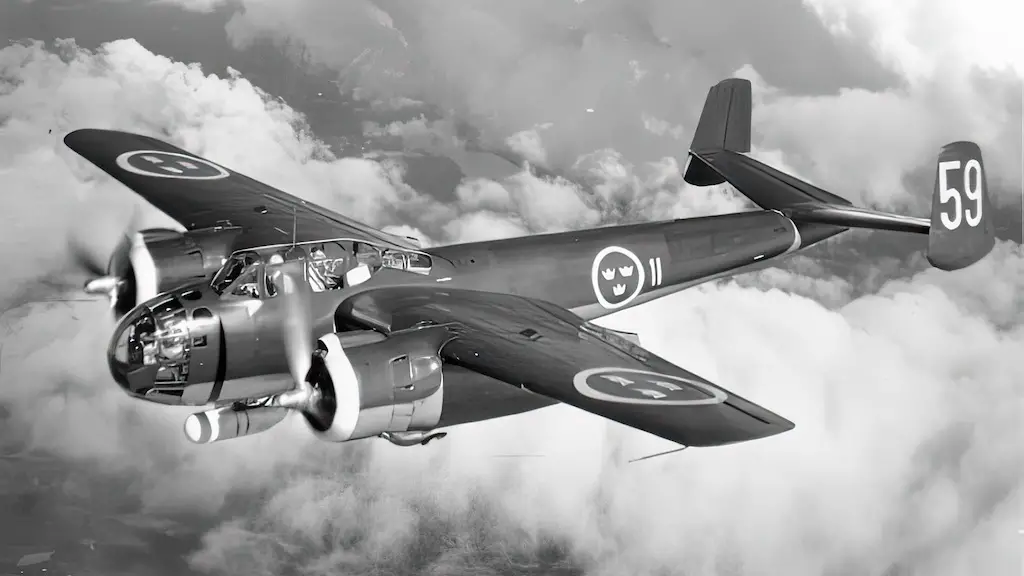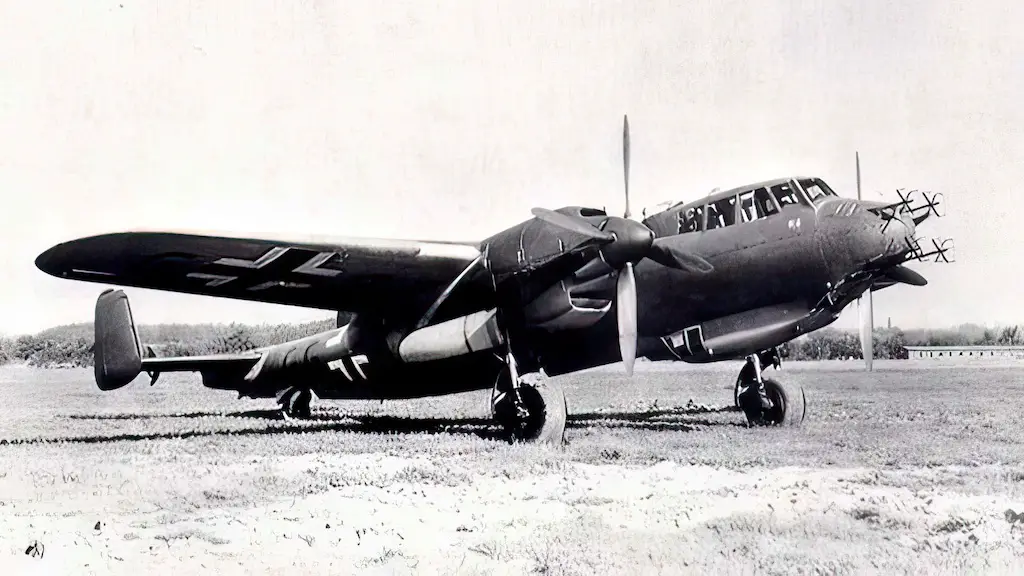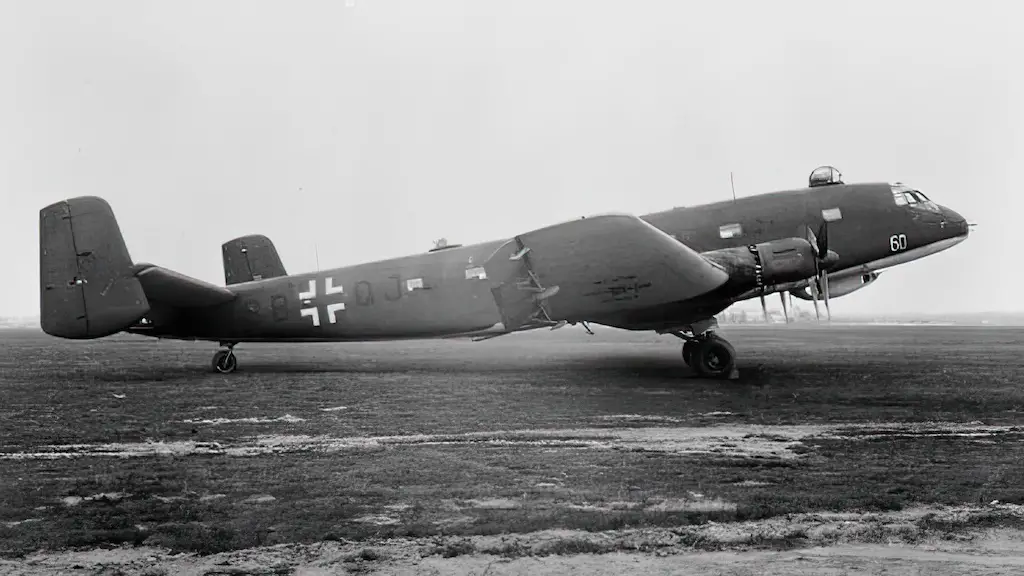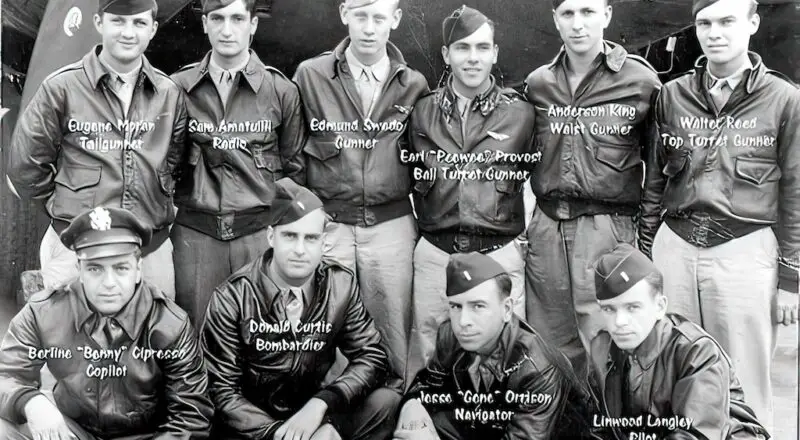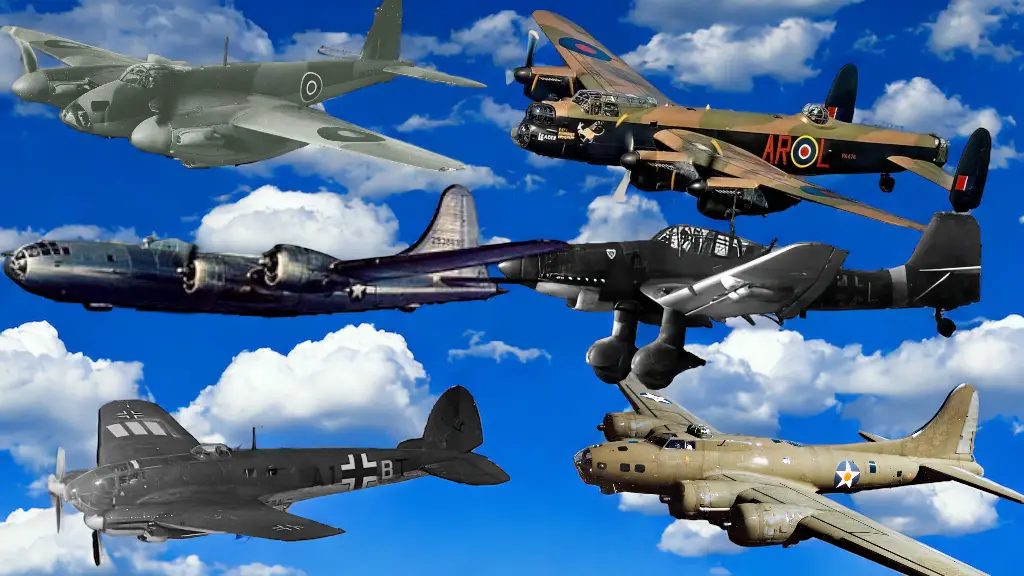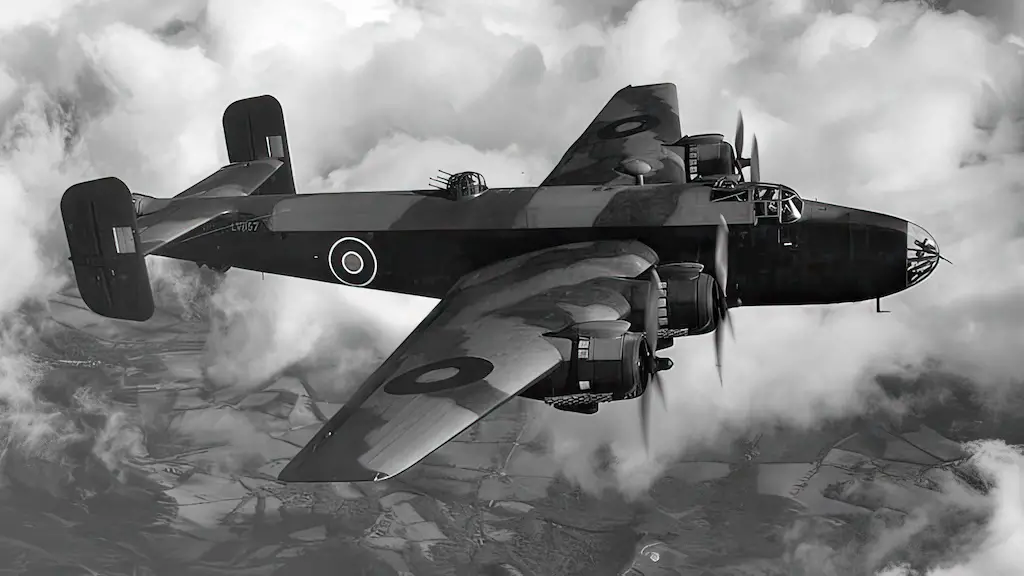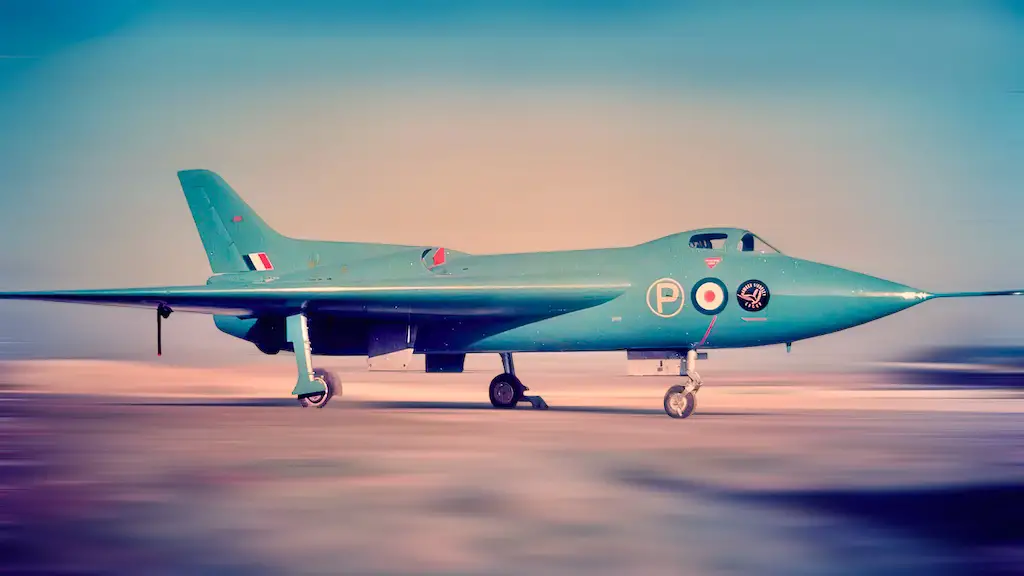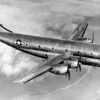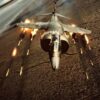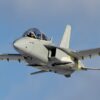The SAAB 18 was a pretty impressive twin-engine bomber and reconnaissance aircraft that was born from the creative minds at SAAB (Svenska Aeroplan AB) in Sweden during World War II. This baby was a crucial component of the Swedish Air Force, playing a major role in the country’s military aviation history. So buckle up and let’s dive deep into the development, design, and deployment of the SAAB 18, highlighting its incredible importance and influence on the Swedish Air Force.
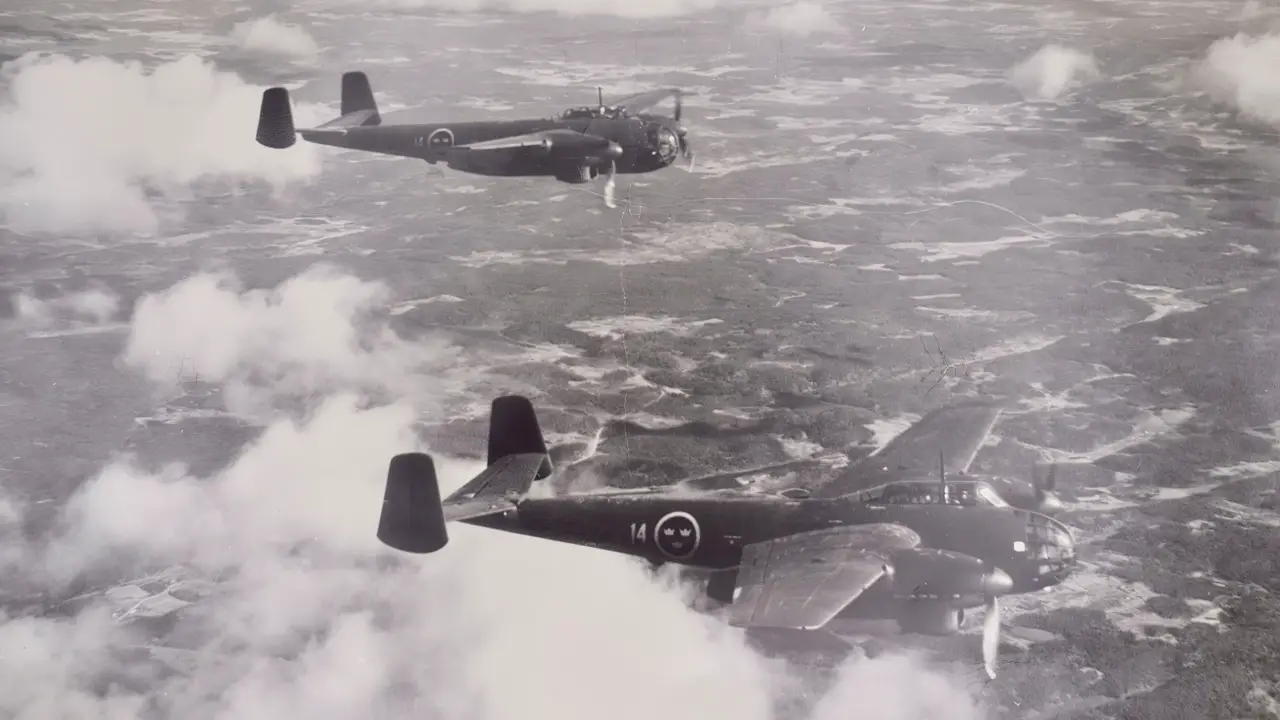
Development and Design
In 1938, the Swedish Air Force recognized the growing obsolescence of its light bombers and reconnaissance aircraft, prompting the development of the SAAB 18. Swedish authorities sought a new twin-engine aircraft capable of fulfilling multiple roles, including bombing, reconnaissance, and torpedo attacks.
Under the guidance of Chief Designer Frid Wänström, SAAB’s design team devised a versatile twin-engine aircraft, boasting a sleek, streamlined fuselage and a mid-wing configuration. The initial prototype, known as B 18A, first soared through the skies on June 19, 1942, propelled by two Swedish-built Pratt & Whitney R-1830 Twin Wasp radial engines that produced 1,050 hp each. The aircraft achieved a maximum speed of 560 km/h (348 mph) and a range of 2,000 km (1,243 miles).
Designed to accommodate a crew of four, the SAAB 18 included a pilot, navigator, bombardier, and rear gunner. The aircraft had three 13.2 mm machine guns for defense and could transport up to 1,000 kg (2,205 lbs) of bombs in its internal bomb bay. Furthermore, the aircraft could be equipped with reconnaissance cameras or a torpedo for maritime strikes, making it a versatile and effective multirole platform.
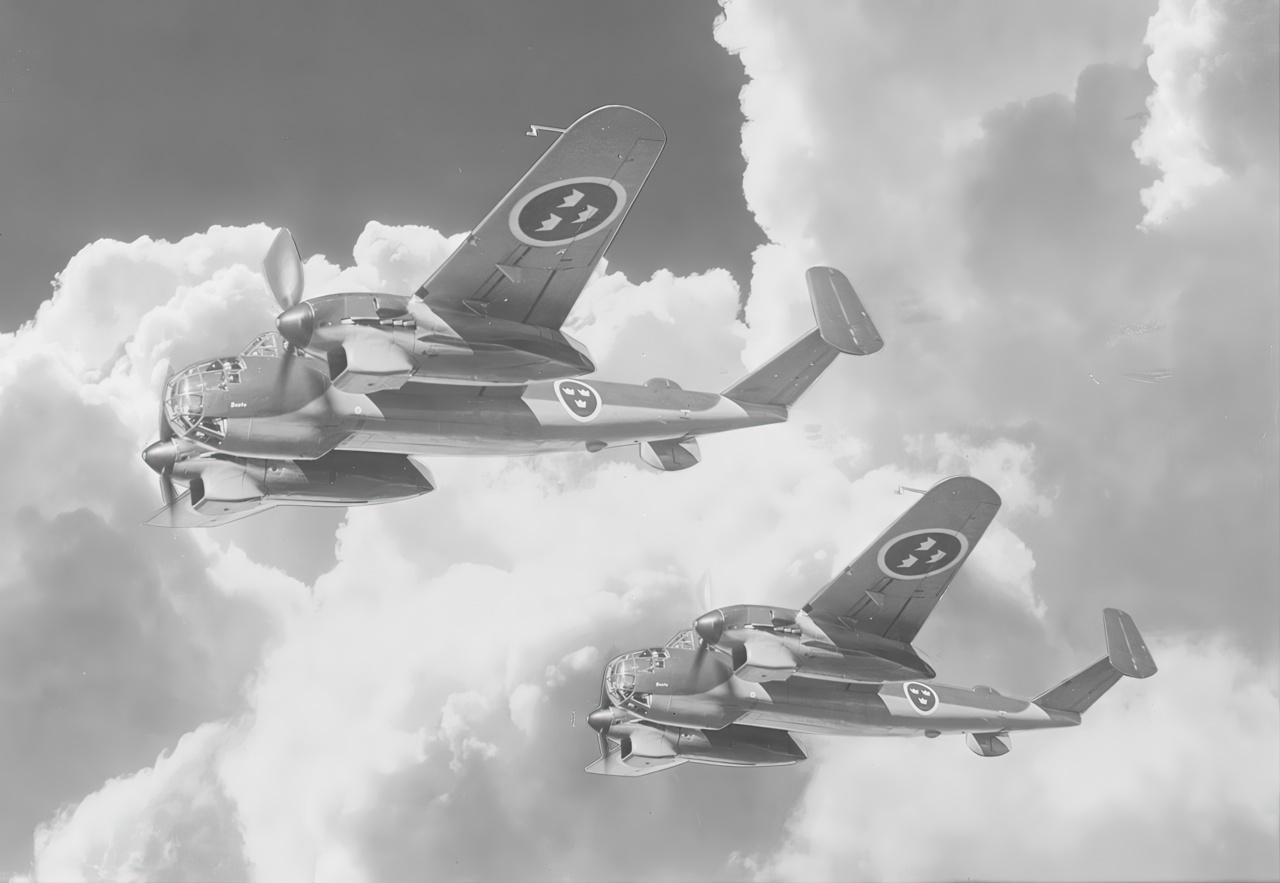
Operational History
In 1944, the Swedish Air Force welcomed the SAAB 18 into service, and it quickly became an integral part of their inventory. Its multirole capabilities enabled it to execute various missions, such as bombing, maritime strike, and reconnaissance.
The bomber versions of the SAAB 18 primarily focused on coastal defense and striking strategic targets, while reconnaissance versions gathered valuable intelligence on enemy movements and positions. Torpedo bomber versions were particularly adept at targeting enemy shipping, playing a critical role in safeguarding Sweden’s maritime interests.
Although the SAAB 18 never participated in direct combat during World War II, it continued to serve in the Swedish Air Force until the late 1950s. Its advanced design and versatility rendered it a vital asset for the Swedish military, and it remained in use as a training and liaison aircraft for several more years.
Legacy
The SAAB 18, a remarkable aircraft, made significant contributions to the development of Swedish military aviation. Its innovative design and multirole capabilities established a high benchmark for future aircraft, showcasing the ingenuity and skill of Sweden’s aviation industry. The SAAB 18 stands today as a symbol of Sweden’s dedication to maintaining a robust and independent air force, ensuring the nation’s security and stability during a tumultuous period in world history.

